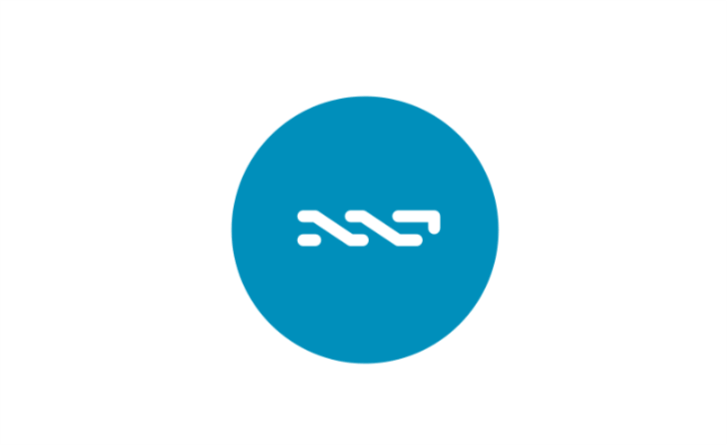You’ve probably heard of ‘Proof of Work’ and ‘Proof of Stake’ – but understanding what they actually mean and what the fundamental differences between them are can be difficult.
To put it simply, both of these mechanisms are different types of computer algorithms. When explained correctly, they are relatively easy to comprehend.
What is Proof of Work (PoW)?
Proof of Work is a system whereby the probability of mining a block is based on how much work is done by the miner.
Many altcoins follow this protocol, as it helps to ensure that the authenticity of the chain is correct.
The Proof of Work method has one huge pitfall – it requires a lot of computing power. The only reason for this requirement is that it protects against spammers and keeps the systems running cleanly. As a result, it is very wasteful.
Due to this, many people within the crypto community are in agreement that the Proof of Work method is not an ideal long-term solution.
Many are largely in favor of the Proof of Stake method.
What is Proof of Stake (PoS)?
In the Proof of Stake method, token holders get rewarded with transaction fees in return for validating transactions. Each validator owns some stake in the network.
The Proof of Stake method does still have some issues. For example, if a small group of people own the majority of the tokens, they will be the validators. However, it is still evolving. As time progresses, the network will become more solid and robust.
There are some significant advantages to using Proof of Stake over Proof of Work.
First of all, Proof of Stake does not require significant computational power. As long as your laptop or computer is online, it will suffice. This also makes it more energy efficient, meaning it does not consume extremely high amounts of electricity.
Proof of Stake also provides a clear economic incentive for people to hold their tokens long-term.
Finally, the Proof of Stake method also has faster validations.
Examples of Proof of Work and Proof of Stake Cryptocurrencies
Most cryptocurrencies are based on the Proof of Work system.
Bitcoin, the world’s most renowned cryptocurrency, is based on the Proof of Work mechanism.
Other popular cryptocurrencies such as Litecoin and Ethereum are currently based on the Proof of Work mechanism, although there are plans for Ethereum to make the switch over to the Proof of Stake mechanism in the near future.
We don’t currently have many functioning Proof of Stake cryptocurrencies. Some of the cryptocurrencies that currently run on the Proof of Stake system include Lisk, BlackCoin, Peercoin, and Nxt.
Nxt was the first 100% Proof of Stake cryptocurrency. It is considered to be a ‘second-generation’ cryptocurrency because it was designed differently to many of the other existing altcoins.
This is because while many altcoins are based on Bitcoin’s source code, Nxt was designed differently from the ground-up, and was written completely from scratch, in an all-new source code.
Nxt is an advanced open-source application platform managed by Jelurida. It expands upon the tasks users can do with a blockchain by providing built-in support for many features, including a decentralized peer-to-peer exchange, a voting system, and a decentralized DNS.
Last year, the Ethereum Roadmap revealed that Ethereum will be switching over from Proof of Work to Proof of Stake as part of the Casper hard fork.
Looking to the Future: Is Proof of Stake Really the Solution?
Since Vitalik Buterin’s announcement to move Ethereum away from Proof of Work and towards Proof of Stake, there has been a lot of heat around the topic of whether Proof of Stake is actually a better solution.
The reality is that while Proof of Stake does solve many of the problems posed by the Proof of Work mechanism, it creates several new completely different problems.
For example, to even take part, it is very likely that the minimum staking amount will be upwards of 1000 ETH. People above this threshold will get richer, and people below this threshold will remain poor.
As time progresses, the gap will get bigger. After a while, it is likely that the power to influence the Ethereum network will be in the hands of a very small minority.
As it stands, Ethereum is currently the world’s largest distributed mainframe. The question is, does it make sense to allow only a few people to be in control of it?
